
How to Ride a Century Without Burning Out
- 1 - Preparing for the Ride
- 2 - Choosing the Right Gear
- 3 - Essential Nutrition and Hydration Tips
- 4 - Pacing Yourself During the Ride
- 5 - Recovering Post-Ride
Riding a century (100 miles) is a monumental challenge, and preparation is key to ensuring you don’t burn out during the ride. Proper training, planning, and mindset are essential to completing this long-distance ride successfully. Before attempting a century, it's essential to build a solid fitness base. Start training several months in advance, gradually increasing your weekly mileage. Aim for one long ride every week, increasing the distance by about 10-20% each week to build endurance. A mix of interval training and steady-state rides will also help increase your overall stamina. Rest is as important as training. Make sure to schedule regular rest days to allow your muscles to recover and repair. Overtraining without adequate rest can lead to fatigue and burnout during the actual ride. The right gear can make or break your century ride. From your bike to clothing, each choice plays a role in your comfort and performance during the ride. For a century ride, a road bike is often the best choice due to its lightweight design and efficient power transfer. Make sure your bike fits properly to avoid discomfort during the long ride. Consider getting a professional bike fitting to ensure you're in the optimal riding position. Wearing comfortable, moisture-wicking clothing is essential. Invest in a quality pair of padded cycling shorts to reduce saddle soreness, and wear a breathable jersey to keep cool. Don't forget to protect your skin from the sun with sunscreen and wear cycling gloves to reduce hand numbness. Proper nutrition and hydration are crucial for maintaining energy levels throughout a century ride. You’ll need to fuel your body in a way that ensures sustained energy and prevents fatigue. Start your ride with a balanced meal that includes complex carbohydrates, protein, and a small amount of fat. A bowl of oatmeal with fruit or a whole-grain toast with peanut butter can provide lasting energy throughout the ride. Hydration is one of the most important aspects of long-distance cycling. Drink water regularly throughout the ride, even if you don’t feel thirsty. It’s easy to forget hydration when you’re focused on the road, but dehydration can lead to fatigue and cramping. As you ride, keep replenishing your energy with easily digestible foods like energy gels, bananas, or energy bars. Plan to take a bite or drink every 30 minutes to maintain steady energy levels. One of the biggest mistakes cyclists make during a century ride is going too fast at the beginning. Pacing yourself is essential to avoid burnout and to ensure that you can complete the ride strong. It’s tempting to start fast, but that will only lead to exhaustion later in the ride. Start at a comfortable pace, allowing your body to warm up properly. Gradually increase your speed as you get into the rhythm, but always monitor your energy levels and avoid overexerting yourself early on. Breaks are essential during a century ride. Stop every 20-30 miles to refuel, stretch, and rest. Use these breaks to prevent stiffness and give your muscles a chance to recover. Short, regular stops will help you avoid hitting the wall later in the ride. Pay attention to your body’s signals. If you start feeling fatigued or notice pain, slow down and adjust your position. Stretch during breaks to keep muscles limber, and don’t be afraid to ease off the pedal if necessary. After completing a century ride, proper recovery is just as important as the ride itself. Recovery allows your body to heal and prepare for future rides. After finishing your ride, take 10-15 minutes to cool down with light cycling or stretching. Stretch your legs, hips, and back to help release any tension built up during the ride. Once you’ve finished your ride, rehydrate with water or a recovery drink to replenish lost fluids. Have a post-ride meal that includes protein and carbohydrates to help muscle recovery and replenish glycogen stores. Give your body time to rest after the ride. Take a few days off cycling, and consider doing light activities like walking or swimming to keep your muscles moving without straining them. For those looking to gear up for a successful century ride, Cycling Guider offers a range of products, tips, and services to make your ride easier and more enjoyable. Whether you need accessories or recovery tips, we’ve got you covered!1 - Preparing for the Ride
1.1 - Start Training Early
1.2 - Plan for Rest Days
2 - Choosing the Right Gear
2.1 - Select the Right Bike
2.2 - Comfortable Clothing
3 - Essential Nutrition and Hydration Tips
3.1 - Eat Before You Ride
3.2 - Hydrate Consistently
3.3 - Fuel During the Ride
4 - Pacing Yourself During the Ride
4.1 - Start Slow
4.2 - Take Breaks
4.3 - Listen to Your Body
5 - Recovering Post-Ride
5.1 - Stretch and Cool Down
5.2 - Rehydrate and Refuel
5.3 - Rest and Recover



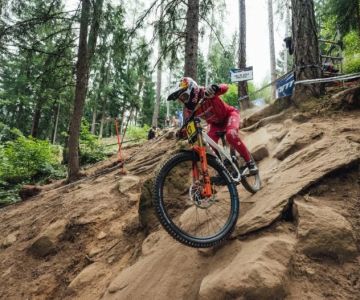

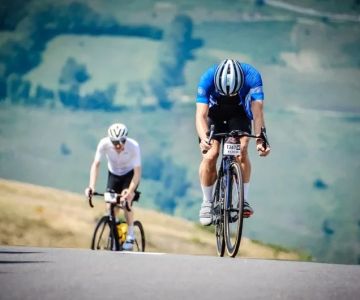
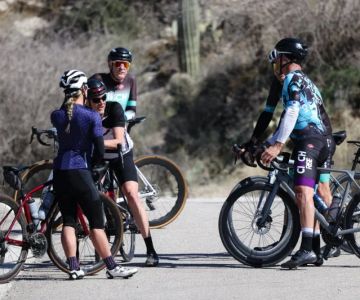
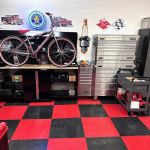 Billet BMX5.0 (2 reviews)
Billet BMX5.0 (2 reviews)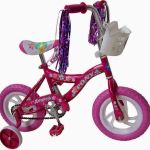 Far East Children Bicycle Factory1.0 (1 reviews)
Far East Children Bicycle Factory1.0 (1 reviews) Archer Motorsports, Inc.4.0 (8 reviews)
Archer Motorsports, Inc.4.0 (8 reviews) YEP Bike Works4.0 (55 reviews)
YEP Bike Works4.0 (55 reviews) Gorham Bike & Ski4.0 (498 reviews)
Gorham Bike & Ski4.0 (498 reviews) Alchemy Bikes4.0 (37 reviews)
Alchemy Bikes4.0 (37 reviews) How to Teach Kids to Ride a Bike: A Step-by-Step Guide for Parents
How to Teach Kids to Ride a Bike: A Step-by-Step Guide for Parents Tips for Riding on Busy City Streets: Smart Strategies for Urban Cyclists
Tips for Riding on Busy City Streets: Smart Strategies for Urban Cyclists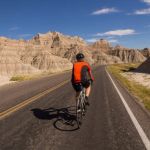 Best US National Parks for Mountain Biking: Ride Epic Trails Across America
Best US National Parks for Mountain Biking: Ride Epic Trails Across America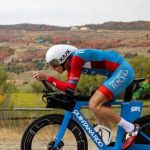 Best Aero Helmets for Time Trials and Racing
Best Aero Helmets for Time Trials and Racing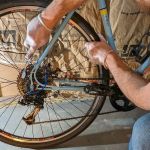 How to Clean and Lubricate Your Bike Chain Like a Pro
How to Clean and Lubricate Your Bike Chain Like a Pro 10 Must-Have Items for Long-Distance Cycling Trips
10 Must-Have Items for Long-Distance Cycling Trips